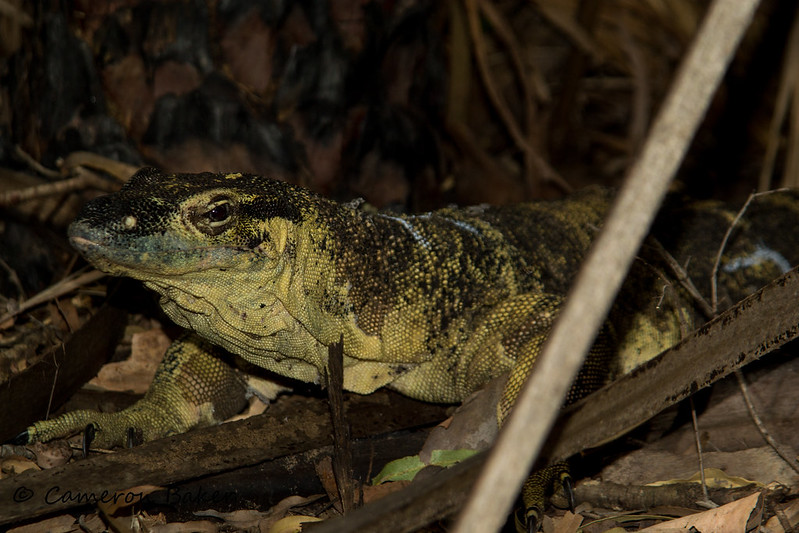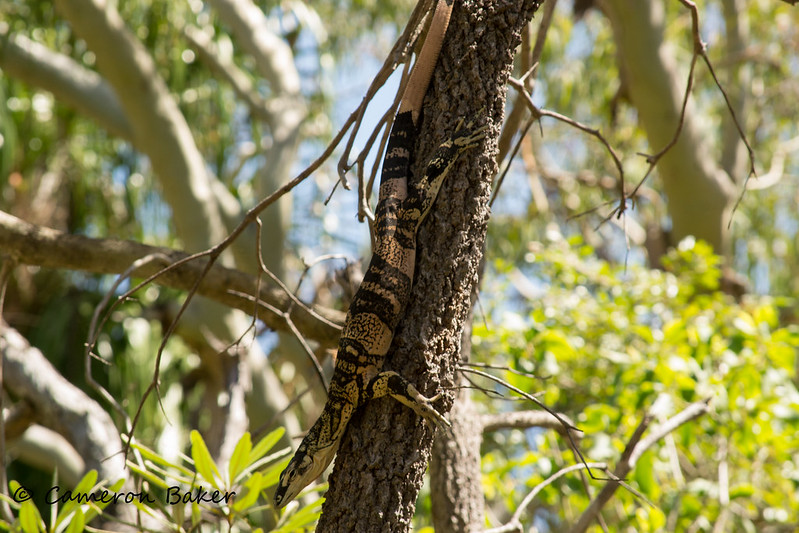I can't find much info on lace monitors,are bell's phase produced from normal parents similar to central beardies producing hypo and leatherbacks from normal parents?
TIA for your help
TIA for your help

Bell's phases are a locale and so are produced from Bell's parents. They are found in semi-arid regions of Northern NSW and QLD.
I use "crossbreeding" as a term to refer to Bell's and Normals interbreeding, even though it isn't technically correct as they are the same species. And as mentioned above they are most common in semi-arid NSW and QLD, but they can also be found in other places.That's not quite right I live in Bellingen on the NSW Mid North Coast and they are very common, not just throughout our valley but also in the Nambucca / Macksville area to the south and west and north of Coffs Harbour. I'll add that they are stunning looking animals from around here. I don't think it can be referred to as "crossbreeding" either as they are the same species. It's far more likely in the wild for one with a normal pattern to mate with one with a Bell's pattern and produce a mixture of both than for 2 with the Bell's pattern to intentionally seek each other out as overall, normal pattern lacy's are far more prevalent than the Bell's phase.
Cheers,
George.
I use "crossbreeding" as a term to refer to Bell's and Normals interbreeding, even though it isn't technically correct as they are the same species. And as mentioned above they are most common in semi-arid NSW and QLD, but they can also be found in other places.
Hey George,Hi SP.
The point I was making is that they are no more common in arid areas as the other locations where they are found (which is quite widespread throughout NSW and Qld) and. from personal experience the ones found in coastal areas and the New England Ranges are far more impressive looking than those found in arid area. I don't know if it could be refer to it as "interbreeding" either as they are just different colour morphs of the same species. I've been told by friends that are into breeding them that it is possible to get both normal colour morphs and Bells phase if you pair a Bells with a normal but it is no guarantee.
Not trying to cause an arguement just commenting on observations of wild ones I've encountered over many years of field work and conversations with friends that breed Lacyies.
All the best
George.
I'll try and get some first-hand experience with these Bell's... intruiging topic!Yeah Justin, I wouldn't put too much faith in what the field guides say as a lot of the stuff is actually just duplicated from other earlier text which is based on historical information and not from first hand experience. I'm still not convinced that the Bell's phase morph is an adaption arising from a dry climate and if anything just speculation. I can see plenty of reasons for it to occur right across their range. Interesting topic though.
Cheers.
George.
 Lace monitor (Varuanus varius) by Cameron Baker, on Flickr
Lace monitor (Varuanus varius) by Cameron Baker, on Flickr Lace monitor (Varanus varius) by Cameron Baker, on Flickr
Lace monitor (Varanus varius) by Cameron Baker, on FlickrEnter your email address to join: